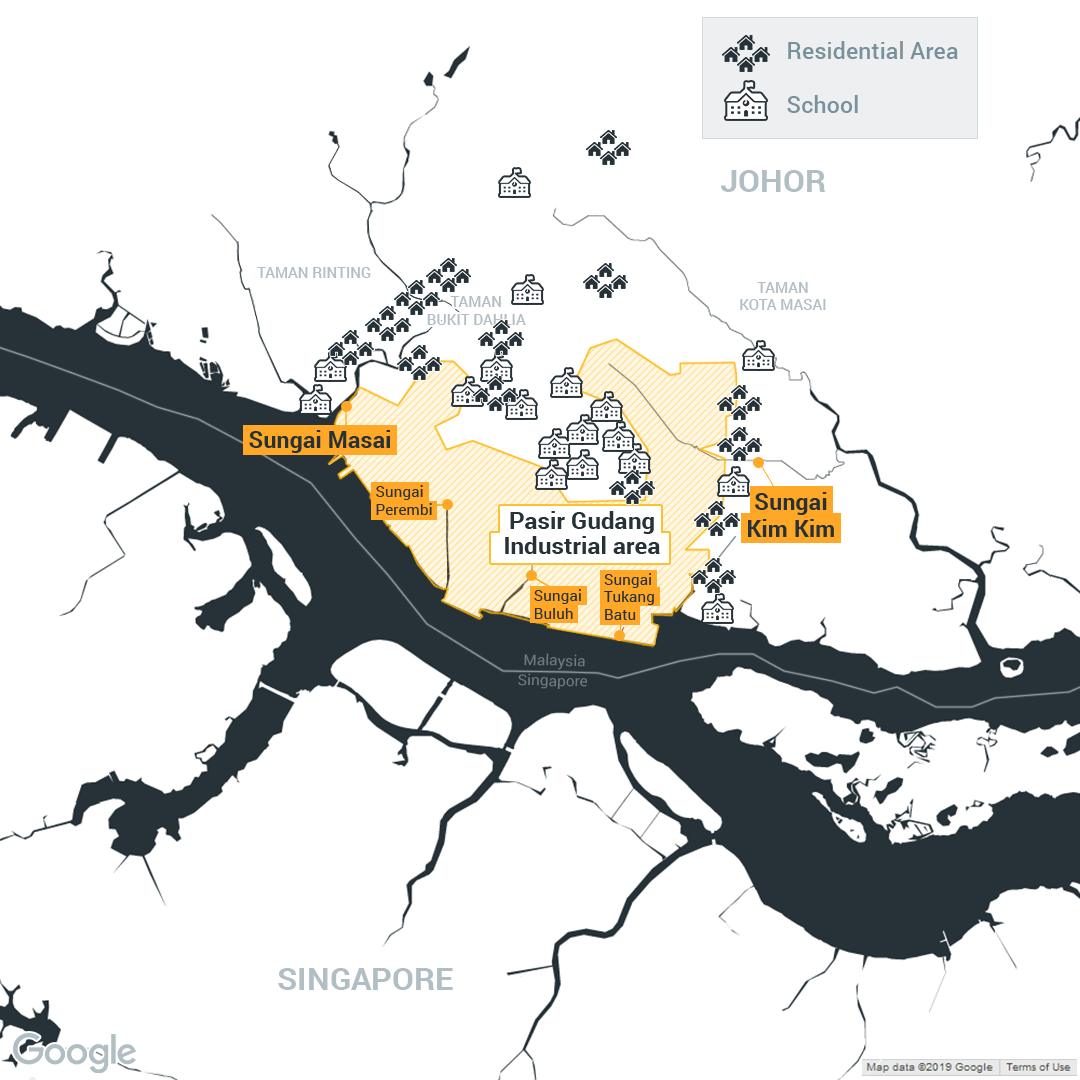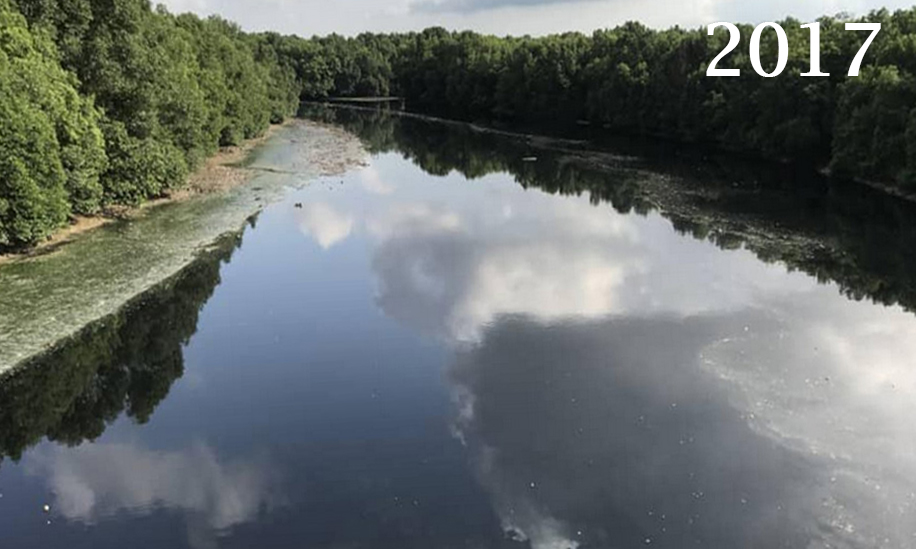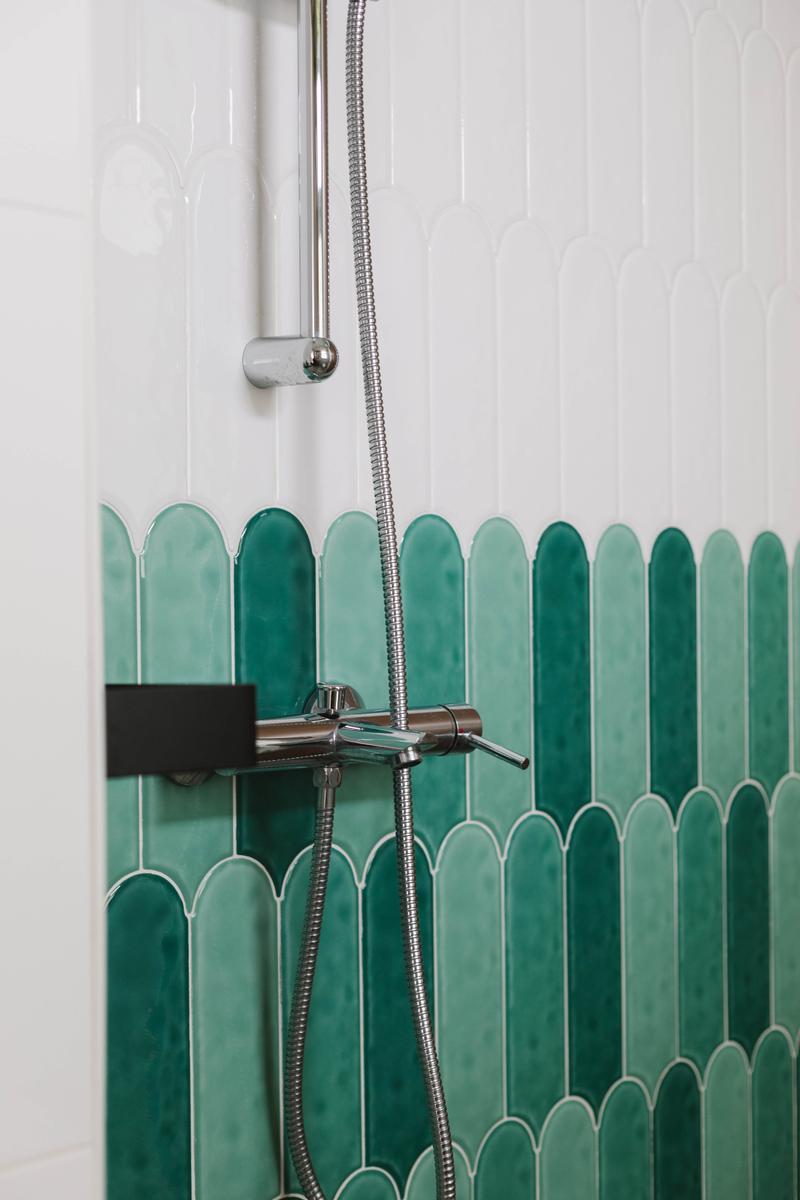Please feel free to post any articles or concerns in this thread.
You can also contact the NEA officers listed above for clarification(s).
Read this
https://pages.malaysiakini.com/johorriver/en/
Troubled waters:
Why Pasir Gudang rivers are dying
Wastewater being discharged into Sungai Buluh, Pasir Gudang. It is not illegal for industrial factories to discharge wastewater as long as it remains within the legal limits set by the Environmental Quality Regulations 2009.
Turbid waters, foul smells
Sungai Tukang Batu – the most polluted river in Malaysia according to the 2017 EQR – was inaccessible, as it runs down the middle of an industrial zone which has been covered up.
https://pages.malaysiakini.com/johorriver/video/sg-buluh-1080x1080-web-fps24.mp4
https://pages.malaysiakini.com/johorriver/video/sg-kim-kim-1080x1080-web-fps24.mp4
https://pages.malaysiakini.com/johorriver/video/pg-resident-640x640.mp4
Don’t use the water
While the state of the rivers in Pasir Gudang is worrying, Zaki said that polluted rivers usually do not directly affect residents’ health, as they do not use the river water directly.
Marine life destroyed
While the health of the Seletar Orang Asli tribe may not be affected, the state of the rivers nevertheless eats into their livelihood.
https://pages.malaysiakini.com/johorriver/video/orang-seleter-640x640.mp4
One of the first to relocate to Kampung Kuala Masai from Stulang Laut more than 20 years ago was Lag Bacik.
Lag, who is now over 70 years old, still remembers that when she first moved, the waters of Sungai Masai and the Johor Straits surrounding the village were clear, and filled with fish and crabs.
The waters have long since turned murky. She lamented that even if they were to find mussels in the water now, they would be dead.
She and her 27-year-old son Michael claimed that during the dry season, black water can be seen coming down Sungai Masai heading towards the Johor Straits.
The villagers also used to go to the mangrove area in Sungai Masai to catch crabs, but Lag said they no longer dare to set foot in the river.
“Sometimes we would get wounds and scabs on our feet. We do not dare (to walk in the river anymore),” she claimed.
https://www.straitstimes.com/asia/s...toxic-waste-from-sungai-kim-kim-minister-says
Pasir Gudang pollution caused by leftover toxic waste from Sungai Kim Kim, minister says
PUTRAJAYA - The airborne pollution that has
affected dozens of students in Johor's Pasir Gudang district were caused by leftover chemical waste in Sungai Kim Kim that was supposed to have been cleaned up three months ago, Malaysia's Housing and Local Government Minister Zuraida Kamaruddin said on Monday (June 24).
She said initial investigations found the cleaning contractor assigned to clear the waste did not do a thorough job in clearing the hazardous materials, Bernama news agency quoted her as saying.
"As the hazardous materials have been exposed to wind and rain, the uncontrolled air borne substances may have spread and affected the people once again," she told reporters in Putrajaya, the news agency said.
That is why after the haze few years ago, can't trust the data provided by NEA. Built my own air monitoring with the Raspberry Pi and sensors.
Indeed the readings are higher than the official and I don't get the bullshat on 3 hrs readings that averages out the index. Realtime info on the air quality.
Oh wow, that's meticulous

Anyway, check this out
https://www.freemalaysiatoday.com/c...dents-still-fear-pollution-at-sungai-kim-kim/
3 years on, residents still fear pollution at Sungai Kim Kim
JOHOR BAHRU: It has been three years since a major pollution incident at Sungai Kim Kim left more than 2,700 people in hospital, but several residents in the Pasir Gudang area continue to live in fear of another occurrence.
On March 7, 2019, the nation was shocked when many schoolchildren and canteen operators collapsed after exhibiting dizziness, nausea and vomiting.
A total of 2,775 people, mostly schoolchildren, were taken to hospital, and 110 schools near the river were forced to close. A total of 1,500 tonnes of river water was needed to clear the 900 tonnes of toxic sludge from the area.
Ahmad Ali, 58, remembered how he and his wife were awakened in the wee hours of the morning to a strong odour. The couple came out of their house at Kampung Bukit Pulai covering their noses, and so did their neighbours.
Feeling nauseated and concerned, some of the villagers went to lodge a police report while it was still dark, he told FMT. It was only when dawn broke that they saw the river had turned black.
River was oily and black
“Many had difficulty breathing that morning. We came out of our houses asking each other, ‘Do you smell that?’ It was only in the morning that we found the smell was coming from the river,” he said, describing the water at the time as oily and black.
It was alleged that the toxic substances were dumped into Sungai Kim Kim merely hundreds of metres from the houses in Kampung Bukit Pulai.
Asmah Kamaruddin, 60, recounted how ambulance sirens were frequently heard around her residential area of Taman Tanjung Puteri Resort; the school near her house was among those forced to close.
She told FMT she was worried for herself and her husband as they were both quite elderly. While no friends or family had fallen sick, she was aware from chat messages about several neighbours’ children having taken ill.
“We knew that this or that person’s child was sick, possibly out of sheer fear or because they really had difficulty breathing. I knew some who had quite severe asthma attacks and were in and out of the hospital,” she said.
Asmah said she was not sure if the authorities had taken much action to curb the river pollution; the incident would not have happened if proper measures were in place, she said.
It was very scary, says parent
Puvendran, 33, said some of his neighbours at Taman Bukit Dahlia had developed health problems and were admitted to hospital. He said the pollution incident was “very scary”.
The father of one said he and his family barely left the house for a while and were ready to temporarily relocate if the situation got worse. While some acquaintances who fell sick at the time are now fine, he said they were quite traumatised.
“They still have that phobia that it might happen again. We need our authorities to look into and control any illegal activities of dumping things into the river. If we don’t monitor these things, it could happen again.”
Villagers take action
Nurul Athirah Mazumi, 27, said it was worrying when hundreds of students started falling sick since they had a weaker immune system, with one child after another in the area being admitted to hospital.
A recent visit by FMT found that the river looks cleaner, though it was far from crystal clear.
Ahmad said it still turns dark in colour from time to time, especially when it rained, claiming that this came from sewage plants upstream.
But he and his fellow villagers are now quick to whip out their phones and record videos of the river whenever any semblance of pollution occurs and report it to the authorities.
Still afraid of the worst
His wife, Noorma Noor, 55, said the people of Kampung Bukit Pulai did not feel safe yet, expressing wariness over the factories around Pasir Gudang.
“The authorities must monitor each factory there, especially those who handle scheduled toxic substances. If the incident happens again, imagine what will happen.”
Ahmad said the trauma was felt by all villagers there but acknowledged that there was some improvement and that the state government had taken the initiative to clean up the river.
“But the trauma is still there. We can’t run away from that fear,” he said.

















